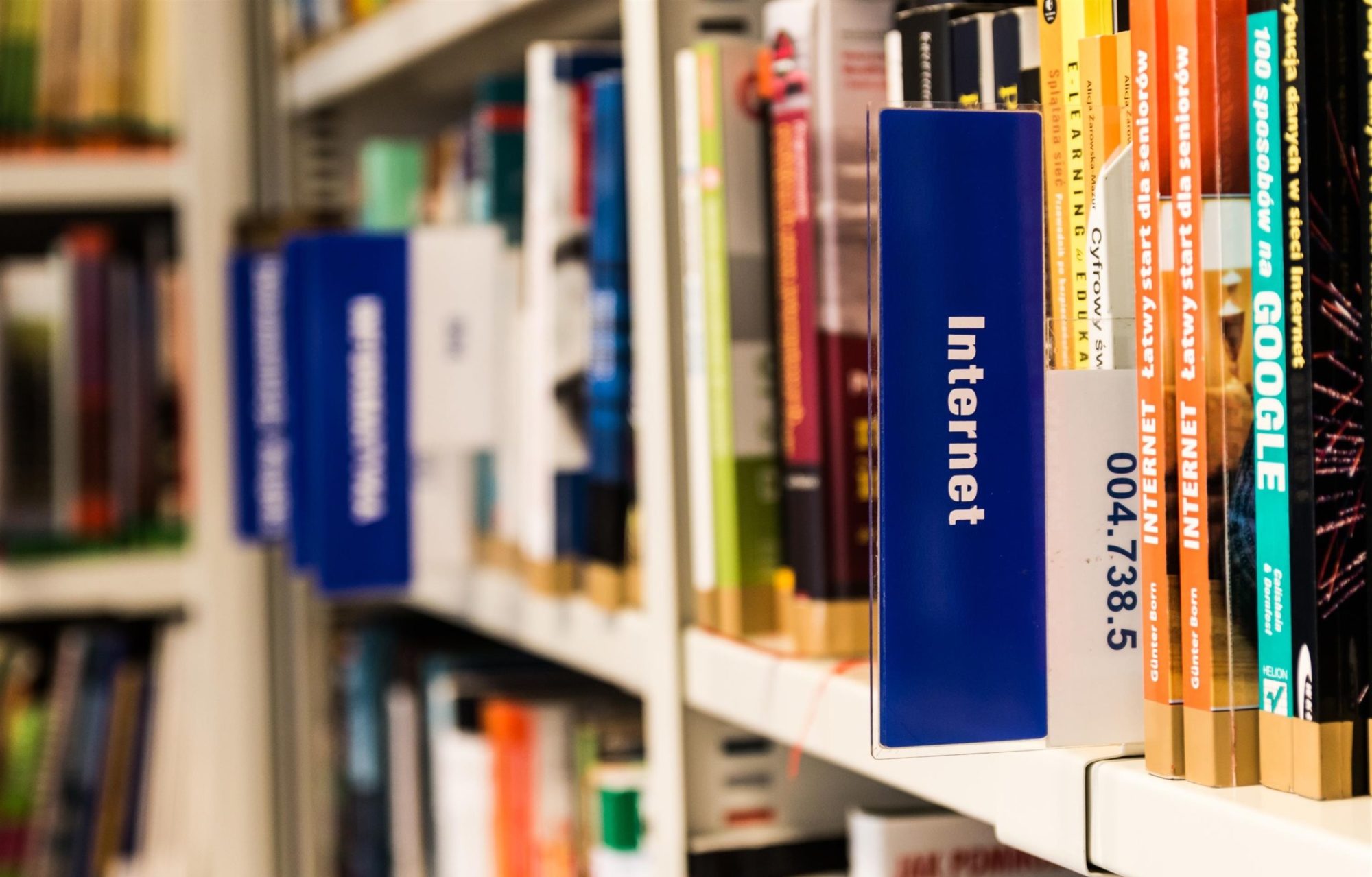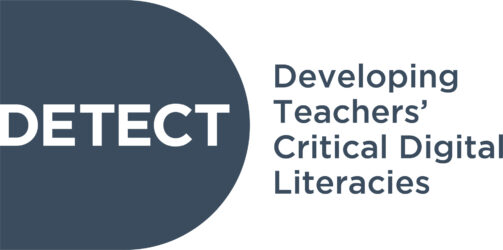This website created by Common Sense organisation contains a range of resources for teaching digital citizenship to students of a range of ages and levels. The resources are organised based on the following educational levels:
The resources range from videos, to presentation slides, customisable resources as well as bilingual material. So if you are a teacher or parent you can explore the various resources to see what is relevant for your students or children’s needs.
- digital citizenship
- text | video | audio | image
- Website with resources
- Common Sense
- Public Domain
- https://www.commonsense.org/education/digital-citizenship#digcit-program

